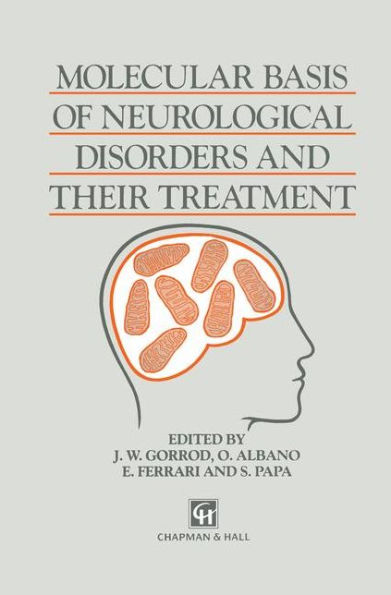cyhemical techniques (ICC) which provide a useful adjunct to investigations by immunoblotting. A particular advantage of a cyhemical approach to the investigation of mihondrial disorders is that it allows the mosaic distribution of certain of these defects to be detected, whereas the tissue homogeniza tion involved in conventional enzyme assays or immunoblotting precludes this. A further advantage of MEA or ICC is that only small amounts of tissue are needed, which is important since many of the affected patients are infants or small children. The main aim of this communication is to outline ways in which these techniques can be used in the diagnosis and further investigation of mihondrial disorders. Reference will be made not only to those situations in which MEA and ICC offer advantages over standard enzyme asays and immunoblotting but also to contexts in which the reverse applies. 4. 2 MATERIALS AND METHODS Muscle biopsies for cyhemical investigation were snap-frozen using isopentane cooled to - 150°C in liquid nitrogen. Samples were stored in heat-sealed polythene packets in the vapour phase of liquid nitrogen containers. 4. 2. 1 Microphotometric enzyme assays Frozen sections 8 Jlm thick were cut using a Reichert-J ung Frigocut cryostat microtome equipped with motor-driven cutting action to maintain maximal reproducibility of section thickness. Sections were picked up on microscope slides and air-dried for 15 min at room temperature.
1101498135
Molecular Basis of Neurological Disorders and Their Treatment
cyhemical techniques (ICC) which provide a useful adjunct to investigations by immunoblotting. A particular advantage of a cyhemical approach to the investigation of mihondrial disorders is that it allows the mosaic distribution of certain of these defects to be detected, whereas the tissue homogeniza tion involved in conventional enzyme assays or immunoblotting precludes this. A further advantage of MEA or ICC is that only small amounts of tissue are needed, which is important since many of the affected patients are infants or small children. The main aim of this communication is to outline ways in which these techniques can be used in the diagnosis and further investigation of mihondrial disorders. Reference will be made not only to those situations in which MEA and ICC offer advantages over standard enzyme asays and immunoblotting but also to contexts in which the reverse applies. 4. 2 MATERIALS AND METHODS Muscle biopsies for cyhemical investigation were snap-frozen using isopentane cooled to - 150°C in liquid nitrogen. Samples were stored in heat-sealed polythene packets in the vapour phase of liquid nitrogen containers. 4. 2. 1 Microphotometric enzyme assays Frozen sections 8 Jlm thick were cut using a Reichert-J ung Frigocut cryostat microtome equipped with motor-driven cutting action to maintain maximal reproducibility of section thickness. Sections were picked up on microscope slides and air-dried for 15 min at room temperature.
219.99
In Stock
5
1

Molecular Basis of Neurological Disorders and Their Treatment
337
Molecular Basis of Neurological Disorders and Their Treatment
337Paperback(Softcover reprint of the original 1st ed. 1991)
$219.99
219.99
In Stock

Product Details
| ISBN-13: | 9789401053792 |
|---|---|
| Publisher: | Springer Netherlands |
| Publication date: | 10/08/2012 |
| Edition description: | Softcover reprint of the original 1st ed. 1991 |
| Pages: | 337 |
| Product dimensions: | 6.10(w) x 9.25(h) x 0.03(d) |
From the B&N Reads Blog
